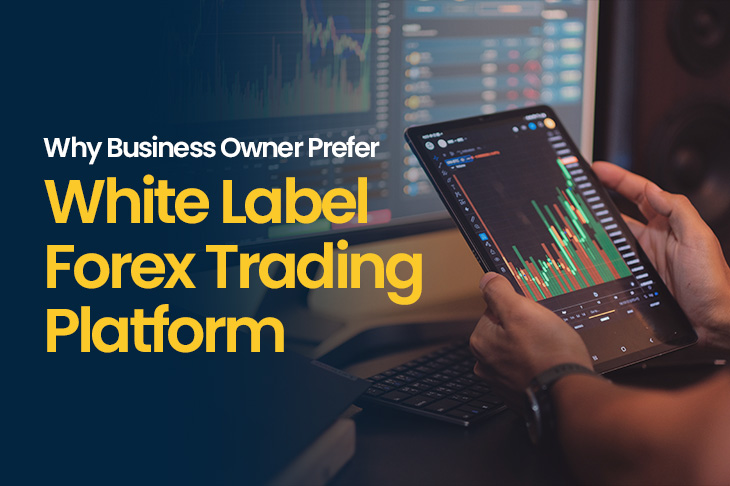How to Build a Real-Time Risk Engine
If you're working on how to set up a forex broker company, the risk engine is not something you can delay or delegate. It's a core system, not a feature. It controls exposure, execution logic, and P&L accuracy. It protects the book.
Most new brokers focus on branding, platforms, and onboarding. But without real-time controls behind the trading activity, you're guessing. And guessing doesn’t scale.
Here’s how serious brokerages approach forex risk management tech and what your tech team needs to get right from day one with the help of YaPrime as your brokerage building partner.

1. Understand the Two-Sided Risk Model: A-Book vs B-Book
If you’re routing trades externally (A-Book), your risk is mostly in execution quality and latency.
If you’re warehousing trades (B-Book), your risk is market exposure. Every client trade can impact your balance sheet.
Most brokers run a hybrid model, which means you need real-time decision logic to dynamically switch between books. A solid B-book risk engine handles this based on trade size, symbol, time, or client profile.
2. Real-Time Monitoring Isn’t Optional
Risk engines must pull data directly from the trading server and liquidity layer not batch files or delayed reports.
You need live:
- Trade data
- Exposure per symbol
- Client position summaries
- PnL in real time
- Book-wide floating margin
This data drives alerts, trade routing decisions, and slippage controls.
3. Liquidity Routing Has to Be Configurable
Risk logic is only useful if your platform can execute on it. That means bridge integration is part of your risk engine.
You must be able to:
- Route per symbol or per client
- Set risk thresholds for auto-hedging
- Split volume between internal and external LPs
- Monitor LP fill quality live
YaPrime’s Forex Liquidity solutions include routing infrastructure that plugs into PrimeXM, OneZero, or FIX API all of which support symbol-level routing logic.
4. Back Office Integration Must Be Clean
Your admin tools, CRM, and reporting systems must read from the same engine. If your data is inconsistent across systems, you’ll lose track of real exposure.
Well-built forex backend engineering connects:
- Risk controls
- Bridge
- CRM
- Admin portal
- Trade database
YaPrime provides this entire architecture so you don’t have to build it in parts or guess where risk is hiding.
5. It Needs to Work in Stress Conditions
During news events or liquidity gaps, you need clear logic and no delays. Your system should automatically:
- Adjust spreads
- Limit trade size
- Route based on current depth
- Cut or hedge exposure in seconds
This is what makes or breaks brokers in high-volatility sessions. Without it, you're exposed, and your traders notice.
YaPrime - For Expert Brokerage Consultations
If you're serious about building a brokerage, not just launching a platform, your risk engine is your control room.
YaPrime works with brokers across markets to build this infrastructure. From forex risk management tech to Forex Liquidity solutions, the system is already live and used by brokers running B-book and hybrid models today.
If you're planning a launch or scaling up, start by asking:
Do we have full control over execution and exposure? If the answer is “no,” fix that first with YaPrime. Contact our expert consultants today!




